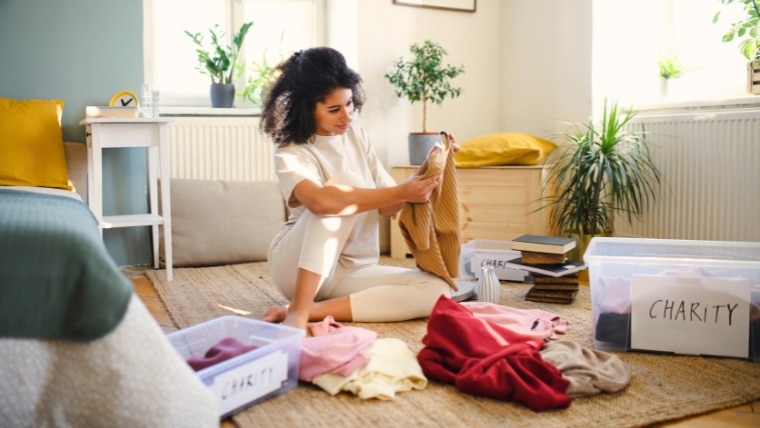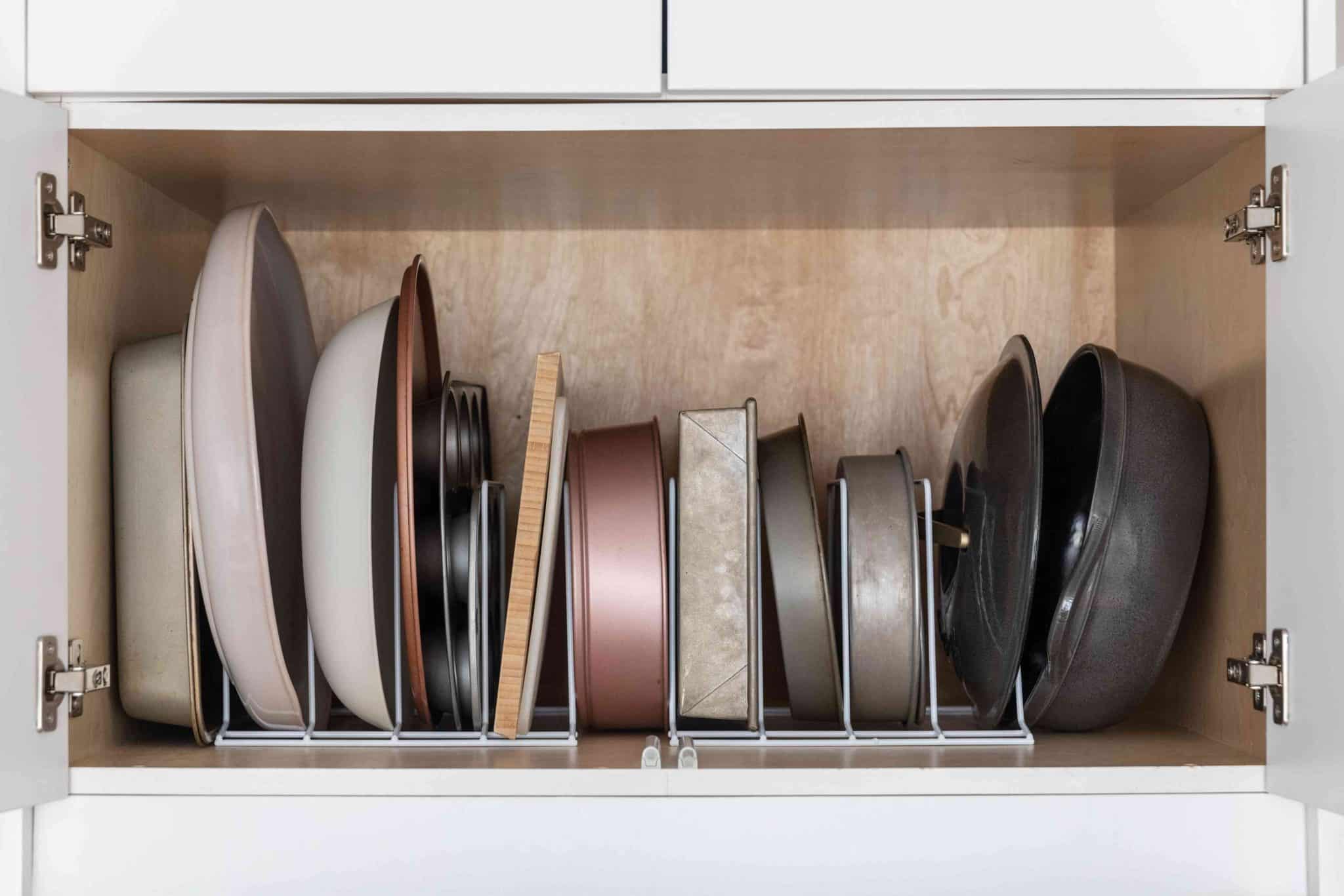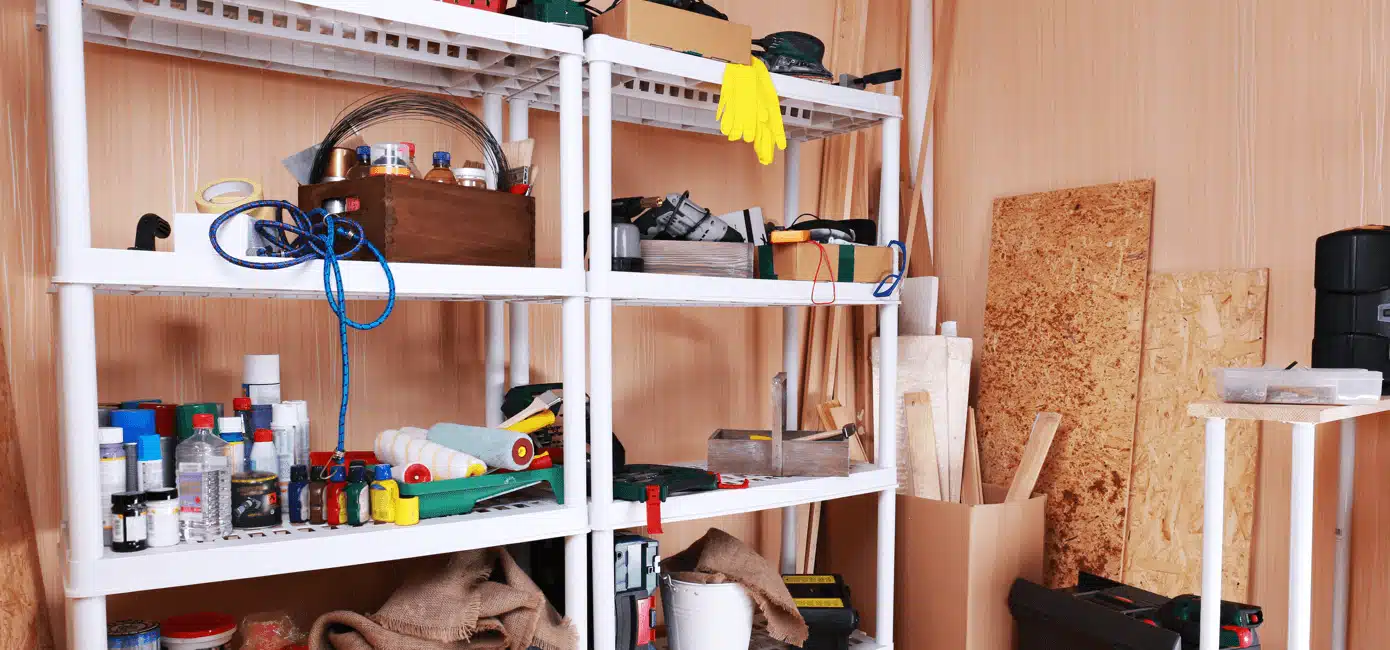Embracing a smaller living space comes with its own set of challenges, especially when downsizing from a larger household. The good news is–you can simplify this process by planning ahead and packing smartly.
That’s where we come in!
From organizing your belongings efficiently to using multifunctional furniture, we’re here to share some simple tips to guide you in making the most out of a more compact space and settling into your new place. So keep reading if you want to learn the tricks on how to efficiently move from a larger household.
Assess and Declutter
 Start by taking a good look at what you own and decide what you really need.
Start by taking a good look at what you own and decide what you really need.
Go through your stuff and identify items you don’t use anymore. You can donate, sell, or recycle these items. A good rule of thumb is to ask yourself if you’ve used something in the last year. If the answer is no, it’s probably time to let it go. This step will not only reduce what you have to move but also make your new home feel more spacious and organized.
Remember, the fewer things you bring, the easier it will be to manage your new space.
Plan Ahead
Planning ahead is key when moving to a smaller home, so measure your new space and compare it with your current one. This will help you figure out which furniture and large items will fit and which ones won’t.
Then, you must create a floor plan to see where everything will go. Doing so will save you time and effort on moving day.
Also, make a moving checklist and timeline to stay organized and ensure you don’t miss any important tasks. ” You can also find local removalists on Muval to help you on moving day
Use Smart Packing Techniques

- Use Sturdy Boxes: Invest in good quality, sturdy boxes. They protect your belongings and stack well in the moving truck. Ensure each box is the right size—too large, and they become heavy; too small, and they may break.
- Label Everything: Clearly label each box with its contents and the room it belongs in. This makes unpacking much easier and helps movers know where to place each box. Use a black marker for legibility and consider color-coding boxes by room for quick identification.
- Protect Fragile Items: Wrap fragile items in packing paper, bubble wrap, or even blankets to prevent damage during transit. Use packing peanuts or crumpled newspaper to fill any gaps in the box, ensuring nothing shifts during the move.
- Roll Clothes: Rolling clothes instead of folding them saves space and reduces wrinkles. You can fit more clothes into a box or suitcase this way. Consider rolling items like towels, t-shirts, and jeans tightly to maximize space.
- Use Vacuum-Sealed Bags: For bulky items like comforters, blankets, and pillows, vacuum-sealed bags are a game-changer. They reduce the volume of your belongings significantly, making them easier to store and transport. Simply fill the bag, seal it, and use a vacuum cleaner to remove the air.
- Maximize Suitcases and Laundry Baskets: Use suitcases and laundry baskets to transport items. These are perfect for heavier items like books or shoes. Plus, they are easier to carry and can be packed with items you’ll need immediately upon arrival.
- Disassemble Furniture: Take apart any furniture that can be disassembled, such as bed frames, tables, or bookshelves. Keep screws, bolts, and small parts in labeled bags taped to the corresponding furniture piece. This not only saves space but also makes reassembly much easier.
- Fill Empty Spaces: Make the most of every inch by filling empty spaces in boxes. Stuff shoes with socks or small items, and use pots and pans to hold smaller kitchen items. This technique ensures that no space goes to waste and helps protect your belongings.
Eric Taylor, owner of Fort Mill Friendly Movers, says “Smart packing techniques are essential in helping our clients transition smoothly to their new homes. Our team of movers focus on efficiency and care when packing our clients’ items to ensure every item is prepared for maximizing space and minimizing potential damage.”
Optimize Storage in Your New Home

You can use vertical storage solutions like shelves and wall-mounted racks to free up floor space. Investing in multifunctional furniture, such as beds with built-in storage drawers or ottomans that double as storage bins will also help you save space.
Plus, you can rely on under-bed storage containers and over-the-door organizers to keep items out of sight but easily accessible.
Organize Your Belongings
Once you’ve moved in, organize your belongings effectively.
Assign specific places for each item and stick to a system that works for you. For instance, use drawer dividers, closet organizers, and storage bins to keep everything in order. You must also regularly review and declutter to avoid accumulating unnecessary items
Keeping your home organized saves space and makes your living environment more comfortable and functional.
Conclusion
Now that you know the tips and tricks for moving from a larger household, moving to a smaller home doesn’t have to be overwhelming.
Assessing and decluttering, planning ahead, using smart packing techniques, optimizing storage, and organizing your belongings can help you transition smoothly to a smaller living space.
With thoughtful preparation, you can enjoy a simpler and more efficient lifestyle.









